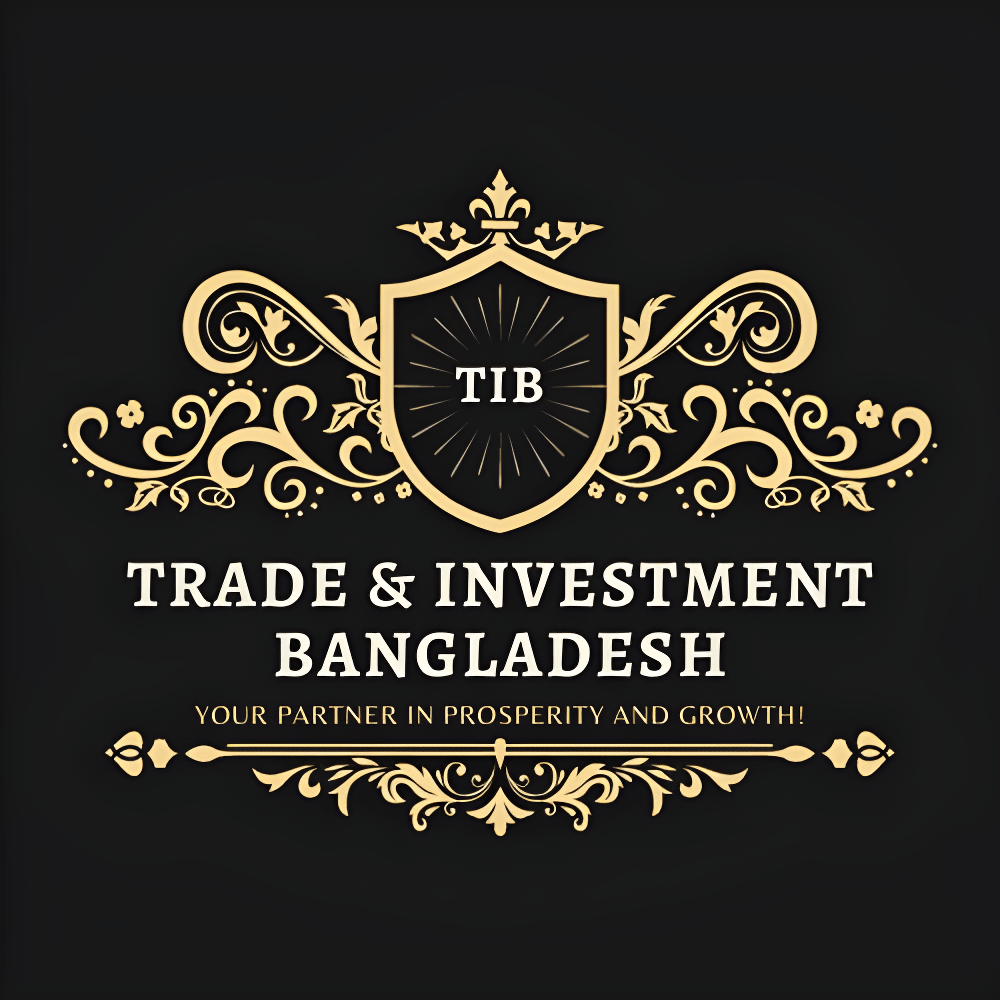Guide to Business Consultancy [Part-2]
Guide to Business Consultancy [Part-2] Md. Joynal Abdin, Founder & CEO, Trade & Investment Bangladesh (TIB) Choosing the Right Business Consultant: Choosing the right business consultant is a critical decision that can profoundly impact your organization's success and growth. A…
Read More









 by
by